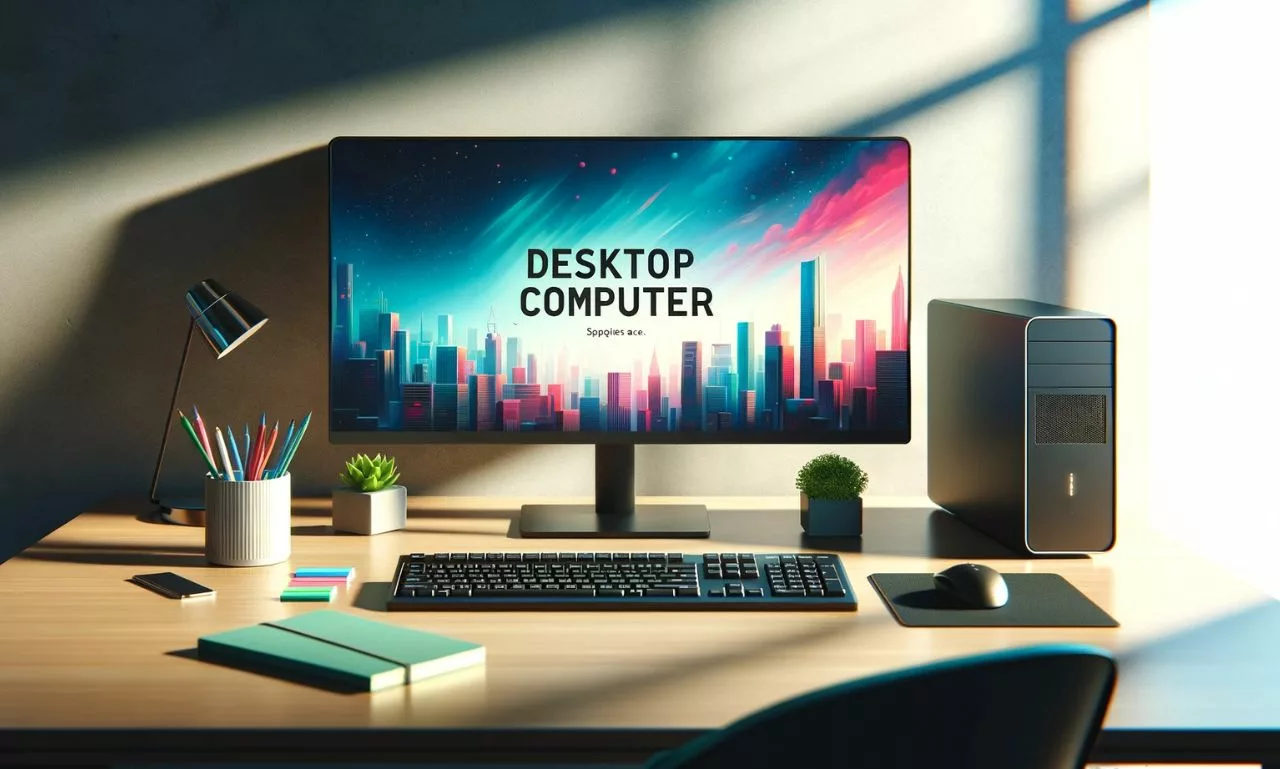When discussing the term “desktop” in the context of computers, it’s important to explore its meaning, origin, and usage comprehensively. Here’s a step-by-step guide to understanding what “desktop” refers to in computing:
Table of Contents
1. Introduction to Desktop
- Definition: The term “desktop” in computers generally refers to the main screen or workspace that you see after booting up your computer. It’s where icons, folders, and files appear, and it’s the primary user interface that allows you to interact with the system’s software and hardware.
- Origin: The concept of a desktop was popularized with the advent of graphical user interfaces (GUIs) which mimicked the top of an actual desk, intending to provide a familiar environment for users.
2. Components of a Desktop
- Icons: Small graphical representations of programs, files, and folders.
- Taskbar/Menu Bar: Located typically at the bottom (Windows) or top (Mac) of the screen, displaying open applications and containing the system clock and various menus.
- Wallpaper/Background: The image or color scheme that forms the backdrop of the desktop.
- Widgets/Gadgets: Mini applications that provide quick access to frequently used tools and information.
3. Functionality and Usage
- Launching Applications: Users double-click on icons to open programs.
- File Management: Users can organize files and folders for easy access.
- Settings and Customization: Users can change the wallpaper, arrange icons, or modify system settings from the desktop.
4. Evolution of the Desktop
- From Text to Graphics: The transition from text-based interfaces to graphical ones made computers more accessible to the general public.
- Innovation in Usability: Over time, desktops have incorporated features like recycle bins, quick launch bars, and more sophisticated file management.
- Integration with Cloud Services: Modern desktops often include elements that integrate with cloud storage and services, reflecting a more connected and online-centric computing experience.
5. Desktop Operating Systems
- Windows: Known for its Start menu and taskbar.
- macOS: Recognized for its dock and menu bar.
- Linux: Offers various desktop environments like GNOME and KDE, which are highly customizable.
6. The Virtual Desktop
- Concept: Virtual desktops allow users to have multiple desktop screens, helping organize open applications and files for specific tasks or projects.
- Advantages: Increases workspace without additional physical monitors and aids in organization and focus.
Conclusion
The desktop in computing provides a fundamental, user-friendly interface that has evolved significantly over the years. It’s the central hub for interaction, customization, and personalization in a computer system, adapting to the needs and technological advancements of users worldwide. As technology progresses, the desktop continues to innovate, integrating more seamlessly with our daily lives and work, becoming more intuitive, powerful, and connected. Whether you’re a seasoned professional or a casual user, understanding the desktop and its components is key to navigating the digital world.
